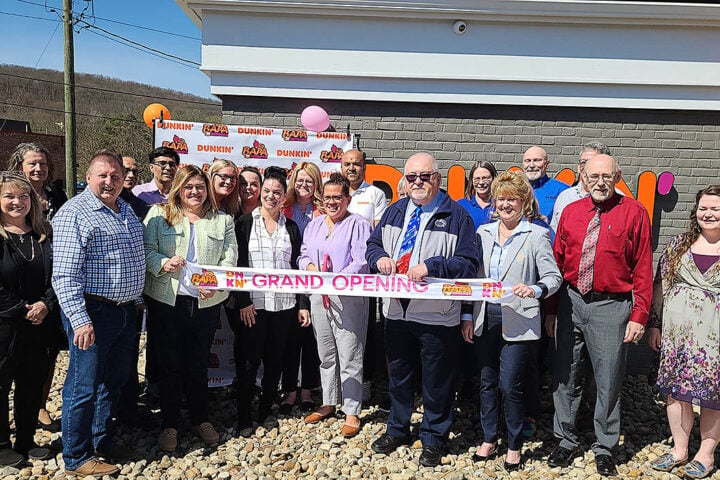When I was growing up on Warren’s East Side there was a dominant landmark on the Southside of the river across from United. It was the remains of another refinery. The 100-plus foot tall Sherwood Refinery stack.
Sherwood was an unusual refinery compared to others that were located here. With the proximity to rich Pennsylvania green crude. Unlike oil from out west, our crude developed from rotting green plants. Oil from Texas and other western states is tar-based oil. At the time, we had the perfect crude to make motor oil and gasoline. Sherwood had decided the waste guck was what he wanted.
If you visit an oil well in the area you will see a yellowish gel called paraffin. This element isn’t welcomed because it fouls machinery. Sherwood on the other hand loved it. It can easily be refined. Using a process developed in Corry by a chemist named Joshua Merrill the stuff could be turned into a clear, odorless compound called petroleum jelly. Commercially you call it Vaseline.
Sherwood produced carloads of the stuff and shipped it via rail to other companies who marketed it. The goo was used in other things too. Including lubrication for medical purposes. Unilever has used paraffin as a base for 150 years.
Sherwood, the entrepreneur, had done his homework and calculated if he could locate near an endless supply of unwanted goo he’d make a fortune selling refined paraffin. In 1941 he began his quest. The U.S. military wanted almost anything that could be used to treat wounds and burns. At the peak of demand, Sherwood had 60 employees. The 2nd world war and the Koren conflict ended. Sherwood himself died. The refinery passed on in 1956. Some of the buildings in the complex remain and are part of existing businesses. The smokestack and its demolition were huge news when I was in 6th grade!
We were informed for days about the preparations being made. It was the first time any of us had the chance to see explosives used to demolish something. I remember Miss Anderson marching all of us eastward from Lacy School (where Warren Shurfine is today) to a good vantage point. The appointed hour was reached. I put my fingers in my ears expecting a huge boom. We got something more like a gunshot-POP! The huge stack stood for a split second and broke in half as it fell like a tree.
For years afterward it was as if our scenery just east of the Glade Bridge was still missing something





























